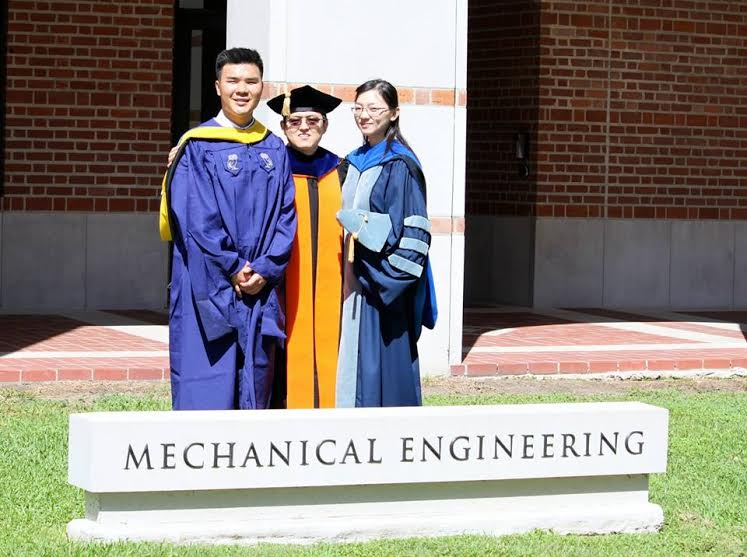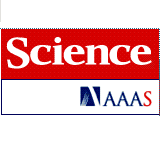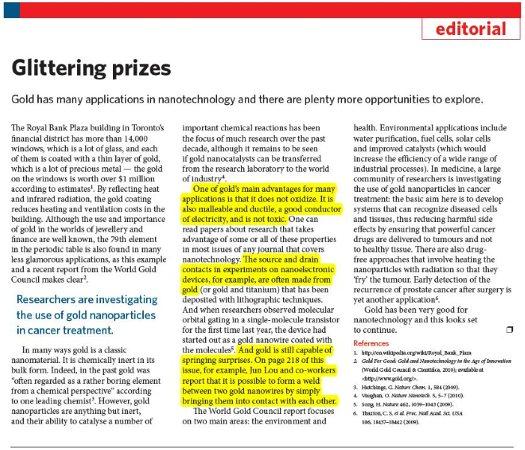2021
Congratulations to Prof. Lou on receiving Brimacombe Medal from Minerals, Metals and Materials Society!
https://msne.rice.edu/news/jun-lou-receives-brimacombe-medal-minerals-metals-and-materials-society
Congratulations to Prof. Lou for winning NSF funding as the director of the ATOMIC (The Center for Atomically Thin Multifunctional Coatings)!
https://news.rice.edu/2021/08/18/national-2d-materials-research-center-wins-nsf-funding/
Congratulations to Prof. Jun Lou on being elected a fellow of the Royal Society of Chemistry!
Hexagonal boron nitride’s remarkable toughness unmasked

2020
Industrial-strength brine, meet your kryptonite

Odds are good for unique 2D compound

Water-splitting module a source of perpetual energy
2019
10 Rice Engineering faculty among world’s highly cited researchers
Ammonia synthesis made easy with 2D catalyst
Congratulations to Dr. Emily Hacopian and Dr. Peter Owuor on receiving their PhD degrees!
2018
form fitting nanoscale sensors now make sense
materials today-future materials science next two decades
Nanotube ‘rebar’ makes graphene twice as tough

Congratulations to Drs. Xiewen Wen, Dave Tsai, Jiangtan Yuan and Weibing Chen (from left to right) on receiving their PhD degrees!
2017
New test opens path for better 2-D catalysts
New test opens path for better 2-D catalysts
‘Tiny windows’ test may find better 2D materials for fuel cells
2-faced 2-D material is a first at Rice
2-faced 2-D material is a first at Rice
Two-faced 2-D material: flat sandwich of sulfur, molybdenum and selenium
Pei Dong will start her own research group at George Mason University!
Yingchao Yang will start his own research group at University of Maine!
Jingjie Wu will start his own research group at University of Cincinnati!
Congratulations to Dr. Jing Zhang and Dr. Linlin Cao for earning their Ph.D. degrees!
Jiangtan won 2017-18 Vaughn Fellowship. Congratulations!
Weibing won Franz and Frances Brotzen Fellowship Award. Congratulations!
Weibing won IBB Travel Grant Award! Congratulations!
2016
Prof. Lou becomes new Editors-in-Chief of Materials Today
Some 2-D materials may be more brittle than thought
Jiangtan won Franz and Frances Brotzen Fellowship Award. Congratulations!
2015
Rice, Penn State open center for 2D coatings
Jing won Franz and Frances Brotzen Fellowship Award. Congratulations!
Dr. Lou won the Charles Duncan Award
Dr. Lou promoted to full professor
Rice-SDU establish the joint Center for Carbon Nanomaterials
2014
Graphene/nanotube hybrid benefits flexible solar cells
Congratulations to Dr. Pei Dong for earning her Ph.D. degree and Bill Song for his Master degree!
Graphene only as strong as weakest link
Rice engineer wins Materials Research Society award
2013
Jun Lou takes part in NAE symposium
‘White graphene’ halts rust in high temps
At super high temps, ‘white graphene’ stops rust
‘White graphene’ halts rust in high temps
Nano-Thin Hexagonal Boron Nitride Films Protect Metals at Ultrahigh Temperatures
2-D Electronics Take a Step Forward: Semiconducting Films for Atom-Thick Circuits
2-D electronics take a step forward: Team makes semiconducting films for atom-thick circuits
Trilogy of 2-D Materials Could Constitute Future Electronics
2D electronics take a step forward
2-d-electronics take a step forward
Congratulations to Dr. Cheng Peng and Dr. Jiangnan Zhang for earning their Ph.D. degrees!
Graphene combo could shrink electronics
Breaking Story: Rice technique points toward 2-D devices
Rice technique points toward 2-D devices
2012
‘Nanocable’ could be big boon for energy storage
Nanotube electrodes improve solar cells
Low-cost solar cells from nanotube ‘forests’
Eight proposals win support from Faculty Initiative Fund
Congratulations, Dr Lou.
2011
Versatile nano-tensile testing platform available for TEM
Uni-axial testing tool allows evolution of internal sample structure to be observed in real time.
Tiny Wires Change Behavior at Nanoscale
Tiny wires change behavior at nanoscale
Tiny wires change behavior at nanoscale
Gold wires get ‘brittle-like’ at nanoscale
Tiny wires change behavior at nanoscale
Rice University researchers surprised to see twin-induced brittle-like fractures in gold nanowires.
Rice University scientists test strength of composite bonds one nanotube at a time
Arthur pulled a sword from a stone, proving to a kingdom that right beats might. Researchers at Rice University are making the same point in the nanoscale realm.
Nanotechnology research fit for a king
Nano research fit for a king: Scientists test strength of composite bonds one nanotube at a time
Nano research fit for a king: Scientists test strength of composite bonds one nanotube at a time
2010
‘White graphene’ to the rescue -Hexagonal boron nitride sheets may help graphene supplant silicon
Lou’s clues lead to nano revelation: Gold and silver nanowires bond naturally, stay strong
Gold nanowire bond stays strong naturally
Welding uses heat to join pieces of metal in everything from circuits to skyscrapers. But researchers have found a way to beat the heat on the nanoscale. Jun Lou, assistant professor of mechanical engineering and materials science, is quoted. Yang Lu, a graduate student in mechanical engineering and materials science, is mentioned. Futurity.org showcases“Breaking News from the Future.”
Gold and silver nanowires bond naturally, stay strong
(PhysOrg.com) — Welding uses heat to join pieces of metal in everything from circuits to skyscrapers. But Rice University researchers have found a way to beat the heat on the nanoscale.
Gold and silver nanowires bond naturally, stay strong
Lou’s clues lead to nano revelation
Graphene Nanomesh and Cold welding of ultrathin gold nanowires
Gold and Silver Nanowires Bond Naturally, Stay Strong
Beating the Heat on the Nanoscale
Lou’s clues lead to nano revelation: Gold and silver nanowires bond naturally, stay strong
Lou’s clues lead to nano revelation
Gold nanowires used in cold welding
Gold nanowires used in cold welding
Scientists have discovered that gold nanowires have the ability to cold weld themselves together without the need for heat.
Nanowires Weld Themselves Without Heat
Accidental Discovery Leads to Nano Revelation
2008
IBB awards 2008 Hamill Innovation grants
2007
NSF grant funds undergrad travel to Switzerland for summer research































